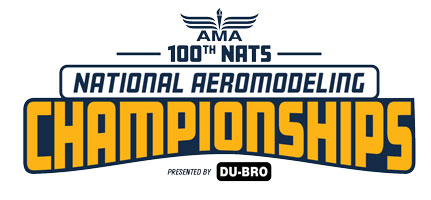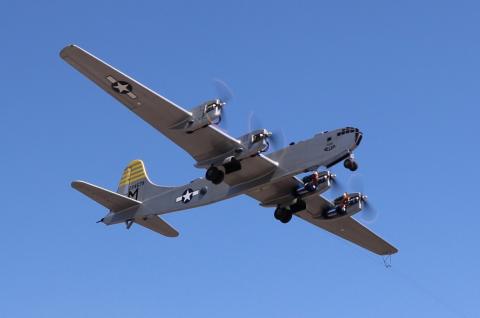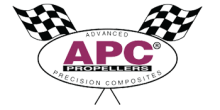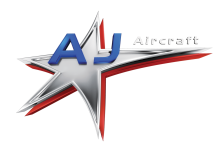By Fred Cronenwett
All photos are from 2022 Nats or prior
The 2023 AMA Control Line (CL) Scale Nationals (Nats) is the 100th anniversary of the first Nats. This might be your first Nats, or maybe you have been flying at the Nats for many years. Some pilots live really close to Muncie, while some have to drive more than 1,000 miles to get here. Just to name a few, pilots have come from California, Oregon, Colorado, Florida, and around the Midwest to compete. You will see a wide variety of models being flown, including warbirds, civilian, single engine, and multiengine.
The photos attached were taken at the 2013-2022 Nats, except for the 2020 Nats where the CL Scale portion was cancelled due to Covid.
My first Nats was in 1993. I did not do very well in the 1993 Nats, but I did learn a lot about what it took to fly at the event. Lynn Boss and Grant Hiestand also flew in the 1993 Nats, and it was their first time at the event as well. The three of us have been flying together all these years, and this year will be the 30th anniversary of our first Nats.
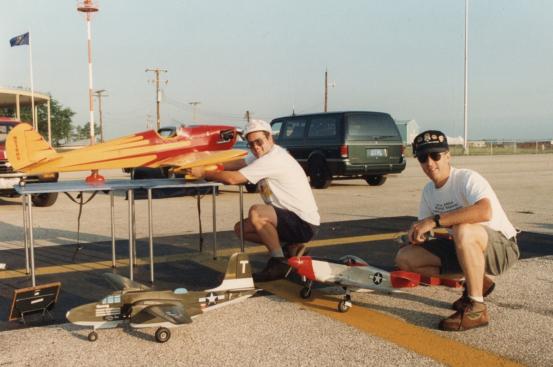
CL Scale has changed in many ways in the 35 years that I have been flying. I started with a three-line controlled Sterling F4U Corsair but then switched over to the electronic down-the-line controls when those became more widely available. Then, in 2013, the rules were changed to allow 2.4 GHz to be used for throttle control and the other options, except for the elevator which has to be controlled with the bellcrank.
Take the time to visit the AMA National Model Aviation Museum; there is a new display for CL Scale that shows the development of the throttle control systems. A few of the items on display are items that I donated from my collection that I used on a regular basis in the 1990s. In the 1950s, it was not uncommon to build a model without any throttle control because the only engines available just had a needle valve.
The modern glow engine with a carburetor that could be throttled transformed the hobby, as did the use of down-the-line electronic controls. 2.4 GHz and other electronic items that were designed for RC but could be used on CL Scale models then changed the hobby once again. This included electric power and other electronic devices, such as electric retractable landing gear.
There are a wide variety of categories being flown on Saturday and Sunday, including 1/2A Scale, which does not have throttle control, Fun, Sport, Team, Profile, and F4B CL Scale. The static points are being judged on Friday, July 7. This is where the pilots show the judges documentation that includes a three-view and photographs of a full-scale example that they copied for these points. You need to do well with the static points to earn the award for first place.
Fun Scale is the only event where the pilot does not have to be the builder of the model. There are 10 static points and then 100 flight points. The flying points are typically very close between all of the pilots. One person might be in first place after the flying is complete on Saturday, and then another pilot might put in a better flight on Sunday and move into the first place position. The two best flights are used to determine the overall score at the end of the competition.
Fun Scale is the event to enter if you want to get started in CL Scale. Then, as you learn more you, can enter other events that have more rigorous model requirements. The static judging in Team, Profile, and Sport Scale becomes more important because half of your overall score is made up of the static points. In Fun Scale, the static points only account for less than 10% of your overall score.
Fun Scale is won or lost based upon the flying points, so look for a really clean flight that is higher than 90 points. The judges are looking for a flight plan that matches how the full-scale aircraft would have been flown. While the touch-and-gos and takeoffs might look easy, it takes practice to fly the model like the full-scale aircraft.
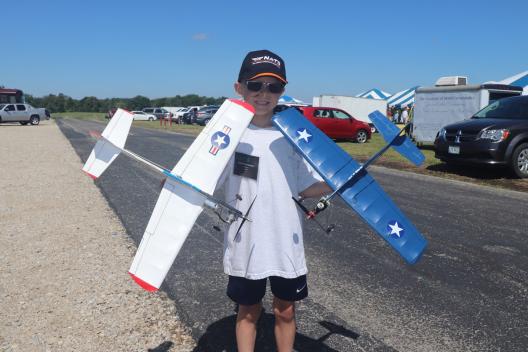
1/2A Scale models are powered with an engine that is .051 or smaller, and these models do not have throttle control. In this event, you get the engine(s) started and then fly level laps and land. It sounds simple, but getting the 1/2A engines started and getting the model airborne can be harder than it looks. This is a nostalgia event because many of the pilots started by flying as kids with 1/2A models.
The level of complexity goes up a notch with Team, Profile, and Sport Scale. The static judging requirements between all three of the events are basically the same. The flying points are done the same way between all three events.
The flying points are broken up into four mandatory items which include takeoff, 10 level laps, realism, and landing. The realism points involve flying the model like the full-scale aircraft. In other words, if you have a Piper Cub you need to fly it like a full-scale Piper Cub. Bombers and the Piper Cub do not fly the same.
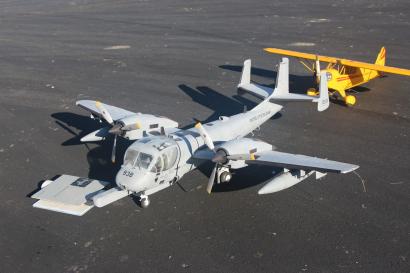
The pilot then has to pick six options that the full-scale airplane would have been capable of doing. You will see a variety of options being flown. Throttle control, touch-and-gos, 45° flight, and taxiing are commonly done. Some pilots will be able to retract the landing gear.
Come out to Site 6 for the flying on Saturday to see a wide variety of models being flown. Some are small, and some are quite large and heavy. If you look closely at the throttle control systems, there will be a wide variety. You don’t have to use a certain system, it just needs to work so that you can control the throttle, be able to throttle back to an idle, and have the model come to a stop with the engine running after you land. To get full points for throttle control, you need to shut the engine down from the handle.
This is also the year for the FAI F4B Team Trials for the 2024 F4 Team. There are three spots available, but we only have two F4B entries as of July 3. The FAI F4B event has not been flown at the World Championships for many years. The FAI Rules were recently revised to change the distance that the model is judged from for the static points. The rules were also revised to allow 2.4 GHz for throttle control.
Land Softly!
